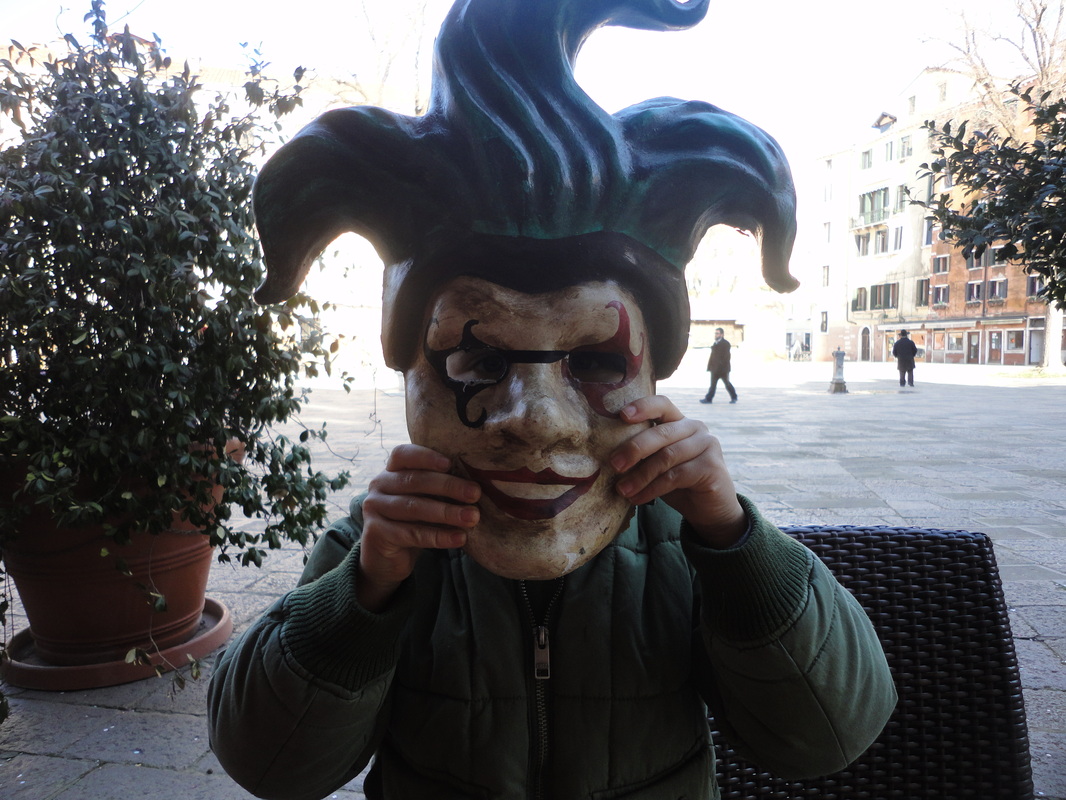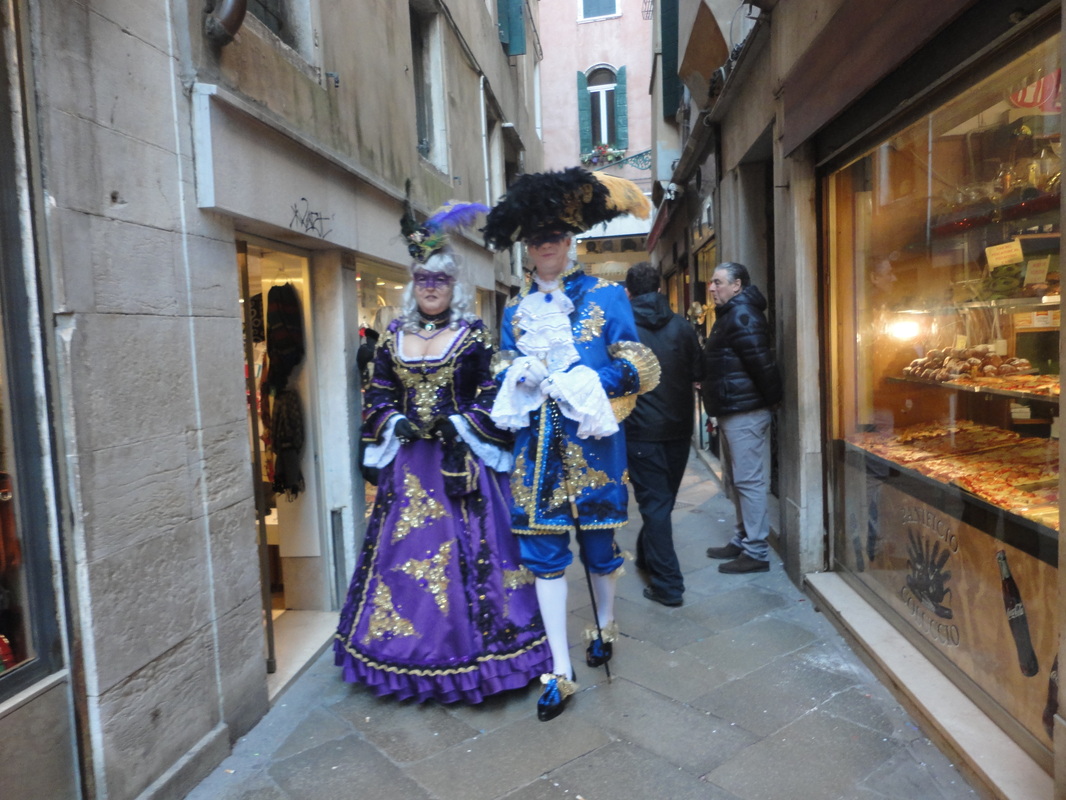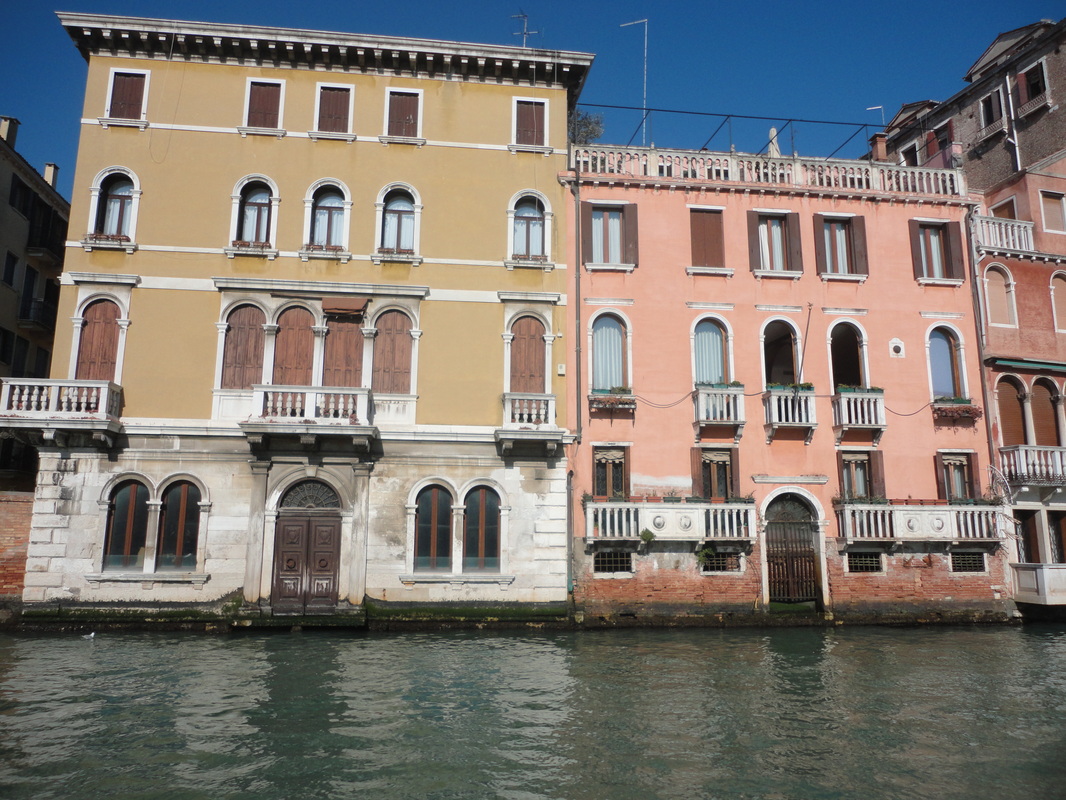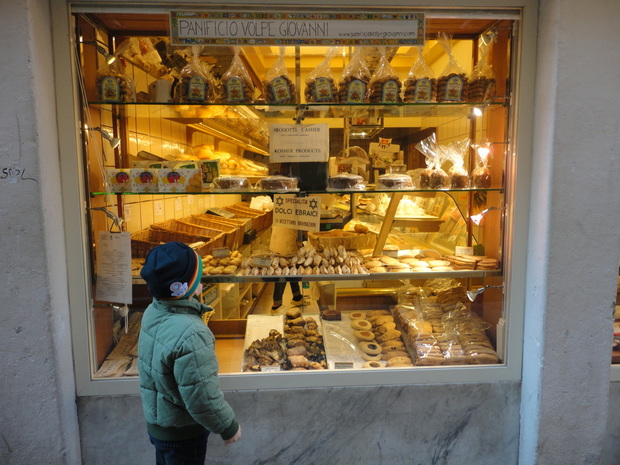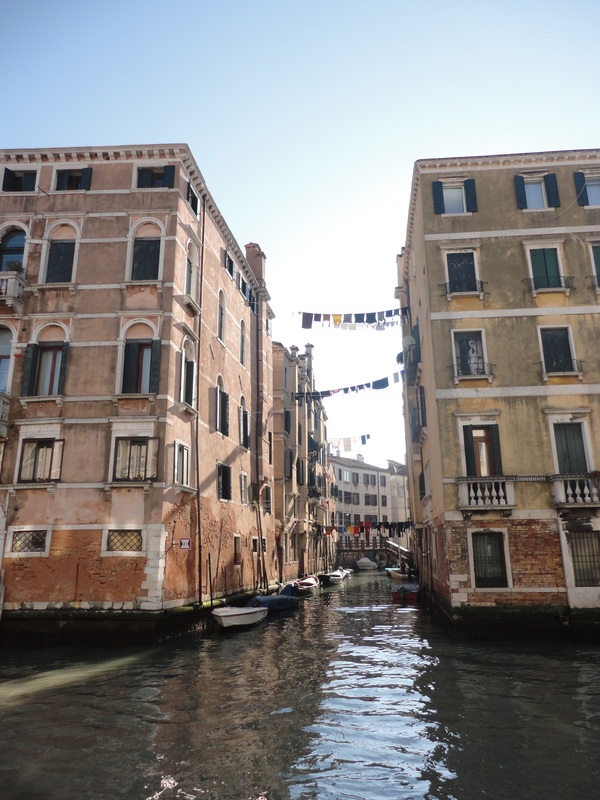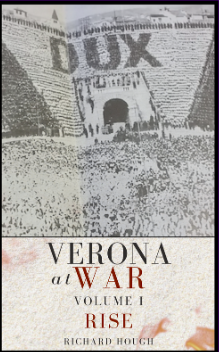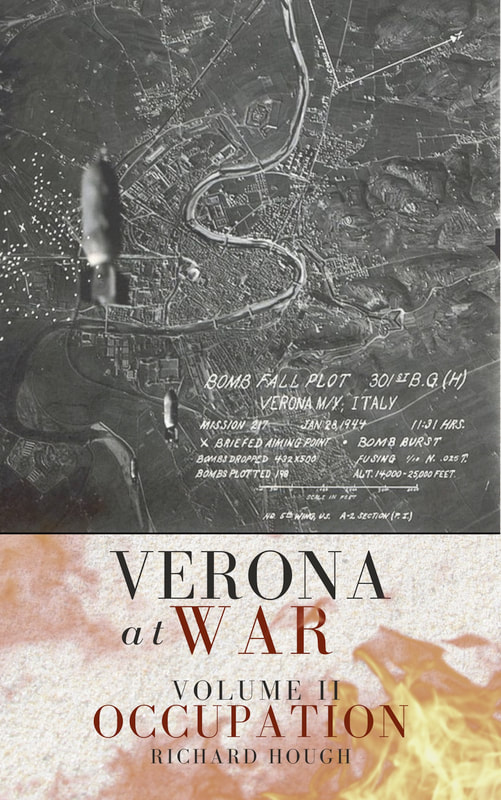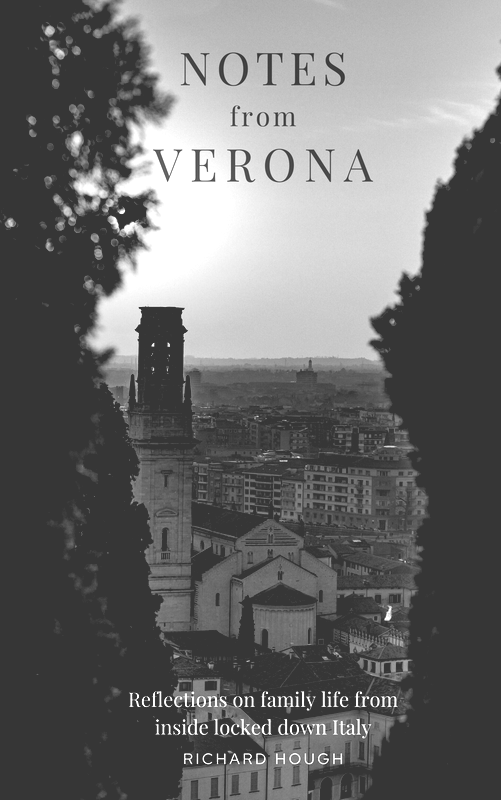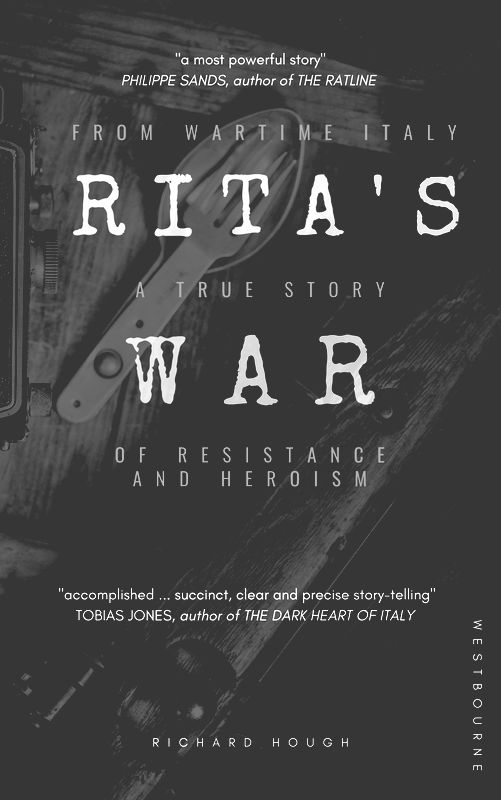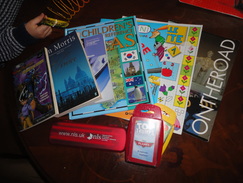 some reading material for the journey to Venice some reading material for the journey to Venice When I proposed a day trip to Venice, my six-year-old sons' immediate reaction was decidedly luke-warm. Unconvinced by the prospect of spending a day in a city-built-on-water, a magical place midway between the setting and the rising sun, the home of countless artistic and architectural treasures, a labyrinthine network of canals with boats of every kind imaginable, it was only the prospect of making the journey from Verona to Venice on the Frecciabianca, the Italian white arrow train, that finally awakened his enthusiasm for our mid-term excursion. In our excitement to catch the train, we arrive at the platform 35 minutes early and eagerly await the arrival of the 09.59 to Venice. A further five-minute delay adds to the already heightened sense of anticipation. The train finally arrives and we soon find our seats, quickly devour our rations for the day and rapidly exhaust the extensive library of reading material we had packed for the journey. Now experiencing something of a mid-morning lull, this seems like a good time to share the history of this magical city with my young travelling companion. “Lets start at the beginning”, I suggest, as he amiably nestles in. 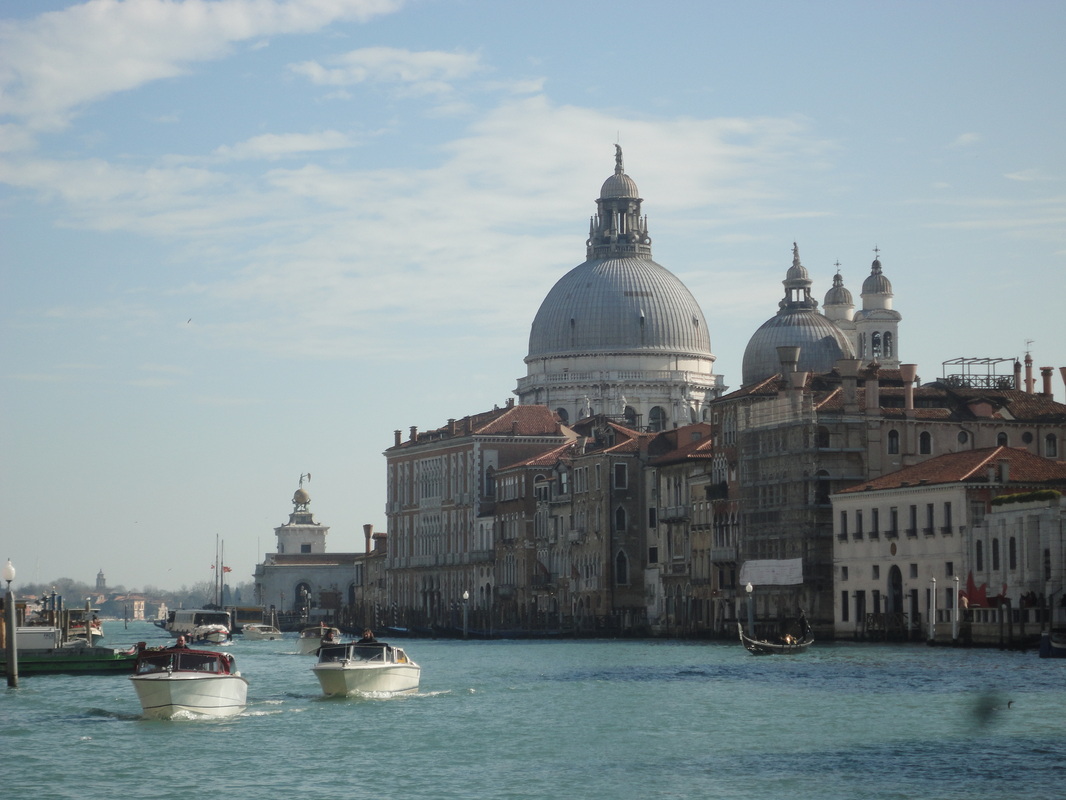 A very-long time ago in a far away eastern land, there lived a mighty warrior-king. This fearsome warrior conquered and ravaged his way across central and eastern Europe, killing his own brother along the way. Equipped with the latest military technology, the battering ram and the rolling siege tower, for decades Visgoths, Ostrogoths, Vandals, Suevi and Burgundians had terrorized the Eastern Roman Empire. Now these barbarians invaded what is present day Italy and sacked Aquileia, Padua, Verona, Brescia, Bergamo and Milan. Refugees, fleeing the barbarian onslaught, sought sanctuary in an inhospitable coastal lagoon. The lagoon was littered with tiny, muddy islands created by river sediment. Here, the refugees made a living harvesting salt and fish. The streams they fished eventually formed canals and a collection of about 120 natural islands, in time, formed a settlement. The settlement these refugees established became known as Venezia. The feared warrior-king they were fleeing was Attila the Hun. “What happened to Altila, daddy?” Maybe Venice wasn’t going to be so boring after all! By now, the train was pulling out of Mestre and crossing the causeway towards Venice itself. “Look Leo”, I said, “You can see the city!” Arriving at Santa Lucia, we quickly purchased our tickets for the Vaporetto and were soon pleasantly cruising down the Grand Canal. It was standing room only, but we managed to secure a prime spot by the gangplank. Resting his chin on the railing, my young travelling companion gazed curiously out at the passing traffic and at Venice’s unique architecture. “Daddy”. I sensed another big question coming. He looks at me skeptically, as he often does when he thinks I’m pulling his leg. In fact, it is said that Venice is built on 1,156,672 wooden stakes. Great trunks of larch and oak that were driven through the soggy mud-banks and into the layer of clay called caranto. The absence of oxygen in the clay petrifies the wood and prevents it from decomposing, providing a solid foundation on which to build. Notwithstanding the ingenuity of these ancient engineering techniques, Venice is, thanks to the rising water and compressing mud, slowly sinking into the lagoon. “Wow!” said Leo, looking rather worriedly at the buildings, as if they might disappear before our very eyes. We disembark the Vaporetto and navigate our way through the throng of tourists, before finally emerging into the asymmetrical splendor of Piazza San Marco. The Piazza is considered by some to be the world’s most beautiful urban space. Home to countless contrasting architectural treasures, for many, it is the highlight of a trip to Venice. For my young sidekick, it was time for lunch. We promptly leave St Marks in search of more economical fare. In order to avoid what the Italians call a crisi di fame (a crisis of hunger), we choose in haste from one of the many tourist restaurants that surround the Piazza. Leo is happy with his choice and declares the spaghetti pomodoro to be the best he has ever had! I'm less impressed, but the bill, by Venetian standards, is reasonable. Re-fuelled and rested, we make our way on foot along the tourist superhighway that is the waymarked route to the Ponte di Rialto. Swarming with tourists, we stop only long enough for the obligatory picture before heading off in search of some respite from the mindless multitudes. “Where to now daddy?” A ghetto is a part of a city, especially a slum area, occupied by a minority group or groups. The Jewish Ghetto in Venice was the world’s first ever ghetto. Indeed, the word itself is thought to derive from the Italian getto (meaning ‘foundry’) because it was established on the site of an ancient foundry. Jews have traded in Venice since at least the 10th Century. Since then their fortunes in Venice have varied. Generally tolerated, but sometimes persecuted, they have rarely been completely free. In 1516 a compromise was reached which allowed Jews to live in Venice but confined them to the Ghetto. During the day, they had to wear distinctive badges or headgear and at night the gates to the Ghetto were locked. They were prohibited from most trades, with the notable exceptions of moneylending and medicine. Despite these restrictions, they were generally safe from the kind of persecution that was taking place elsewhere in Europe. For this reason, the Ghetto attracted Jews from all over Europe. When Napoleon arrived in 1797, they were given full rights of citizenship, but many chose to remain in the Ghetto. 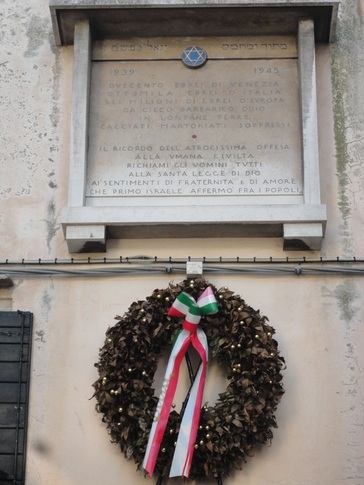 More recently, Venice itself emerged relatively unscathed from 20th century conflict. Indeed, scouring the indexes of my second world war library, few references to Venice are to be found. While neighbouring Mestre was heavily bombed during the Second World War, Venice's remoteness, her lack of strategic importance, ensured that she was spared the worst carnage of the Second World War. The remoteness of the island settlement was once again her salvation. Venice, of course, wasn't completely spared the horrors of fascism. In his detailed account of popular attitudes towards the Italian fascist regime (Fascist Voices), Christopher Duggan records that the anti-Semitic German Film Süss l'ebreo was warmly applauded at every screening in the San Marco cinema. An inscription on a wall of the Ghetto records that 200 of the 8,000 Italian Jews who were killed during the Second World War, were Venetian, including the chief rabbi and 20 residents of an old people’s home. Today the Ghetto is once again the spiritual, social and cultural centre of life for Venice’s Jewish community. It is a haven of peace and tranquility, even during the otherwise hectic carnival period. Despite the much-reported global tensions, it is reassuring to observe Venice’s Jewish community going about its business in peace and security. By now dusk is falling and it's time to make our way back to the train station.
In many ways Venice is wasted on a six-year-old. But we both board the train back to Verona content and with much to think about. |
AboutRichard Hough writes about history, football, wine, whisky, culture + travel and is currently working on a trilogy about wartime Verona.
|
